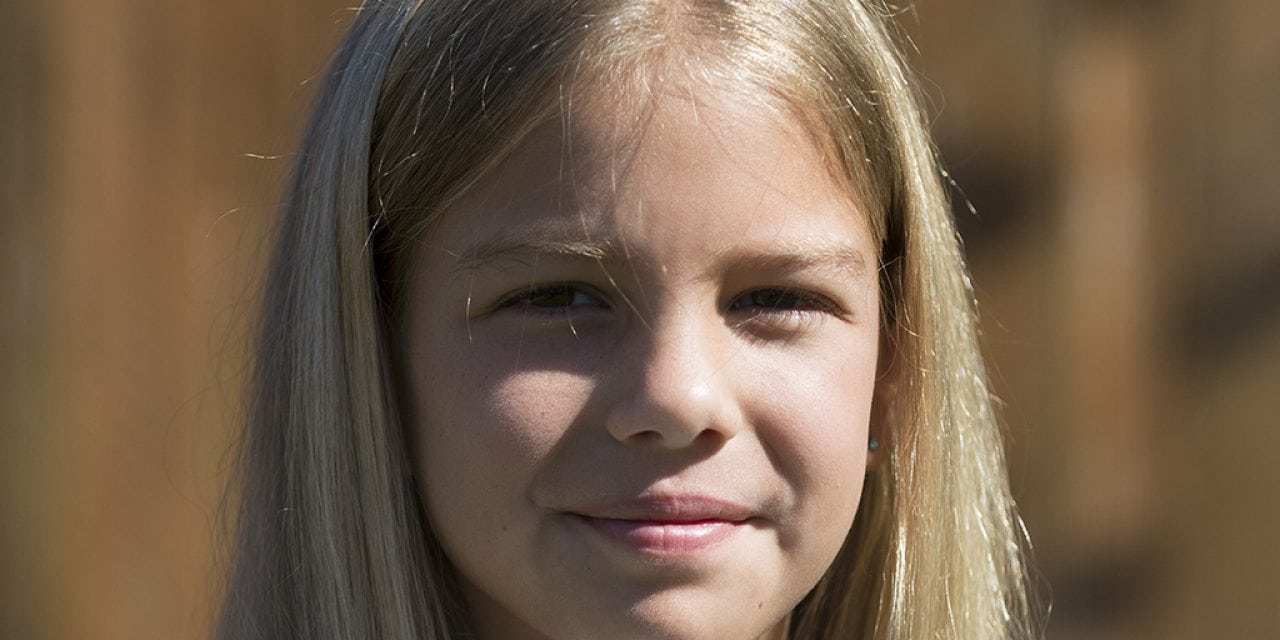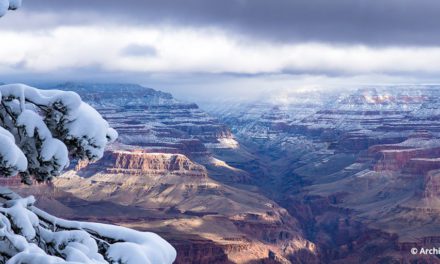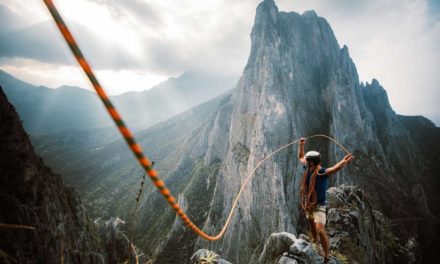High-speed sync allows the photographer to use flash at shutter speeds faster than the native sync speed of the camera. For example, if the normal sync speed of your camera is 1/250th, but conditions dictate a shutter speed of 1/1000th, if you use normal sync with the flash, the image will be overexposed by 2 stops. This is the difference between a 250th of a second and a 1000th of a second. However, if you set your camera to high-speed sync, the flash will sync with the faster shutter, and the resulting image will be properly exposed. There are limitations based on the power of your flash and how high the shutter speed needs to be. Two situations where high-speed sync comes into play are when you want to utilize a wide-open aperture to throw a background out of focus or if the natural light is very bright and you need the flash to fill in shadows. There are many more, but these two are the most common to nature photography. In either case, normal sync speed will result in overexposed images.
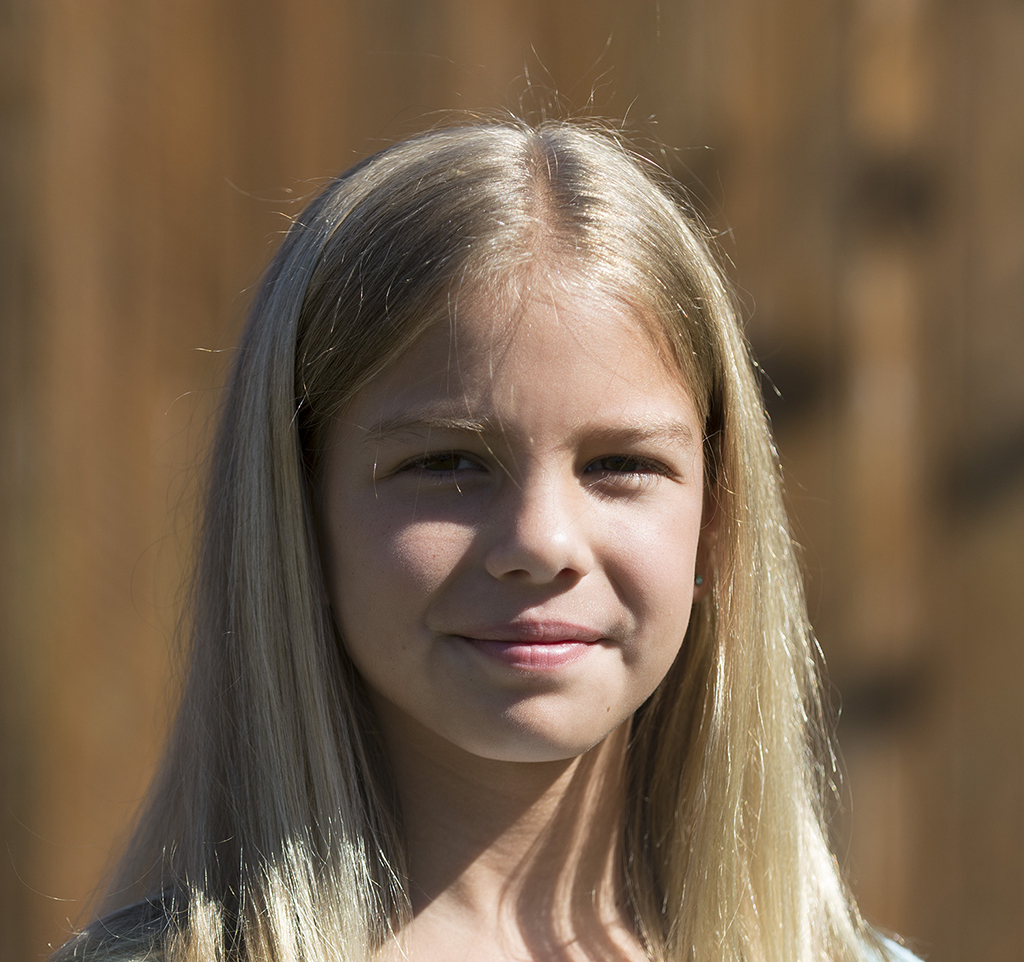
When normal sync is utilized, the shutter curtain opens and the flash emits a burst in conjunction with the open shutter. With shutter speeds higher than normal sync, the shutter can’t move fast enough relative to the fast burst emitted from the flash. Depending on how old your camera is, the result is either a black band across part of the photo or the image is overexposed. The faster the shutter speed, the larger the black band or the more the exposure won’t be accurate.
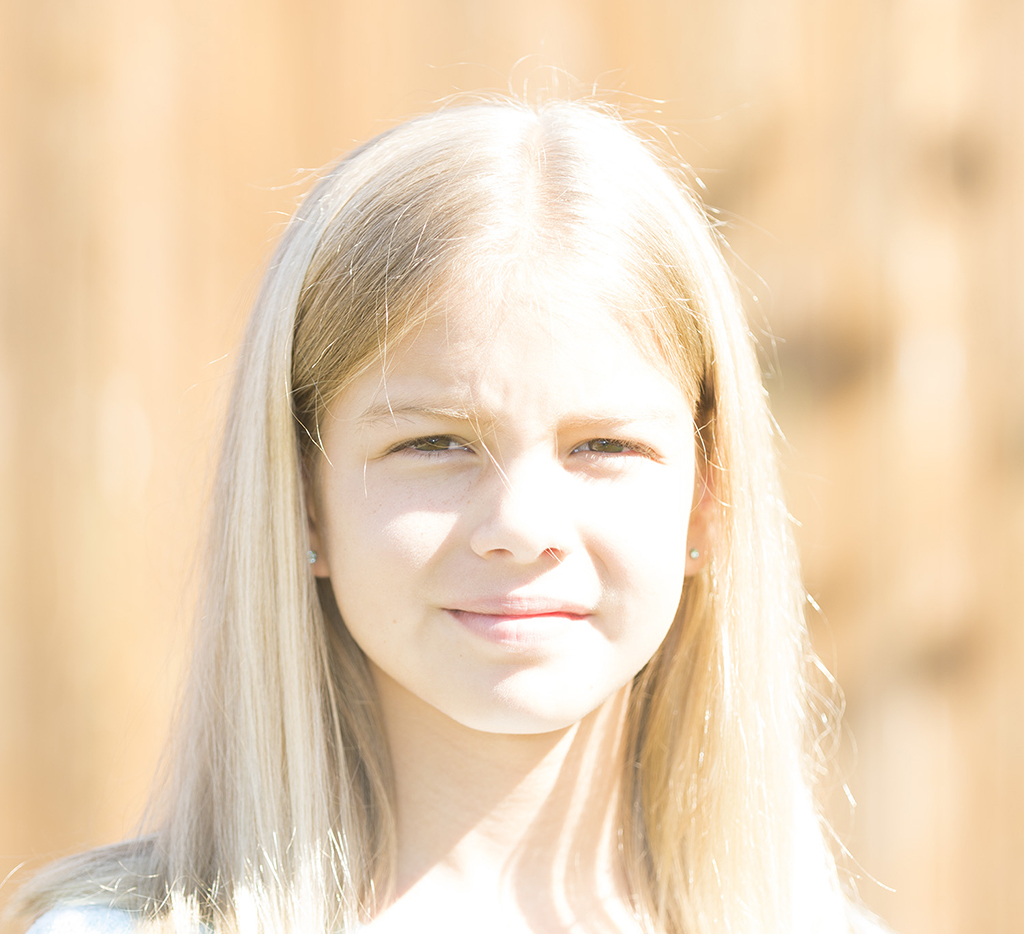
With the camera set to high-speed sync, the flash fires in conjunction with shutter speeds faster than normal sync. If the ambient light calls for a shutter speed of 1/1000th, the flash fires a series of pulses as the curtain passes over the sensor. The pulses fire harmoniously with the movement of the curtain so the light emitted by the flash is concurrent with the open shutter. All this happens in microseconds and is invisible to the eye. Utilizing the technology will bring your flash photography to the next level.
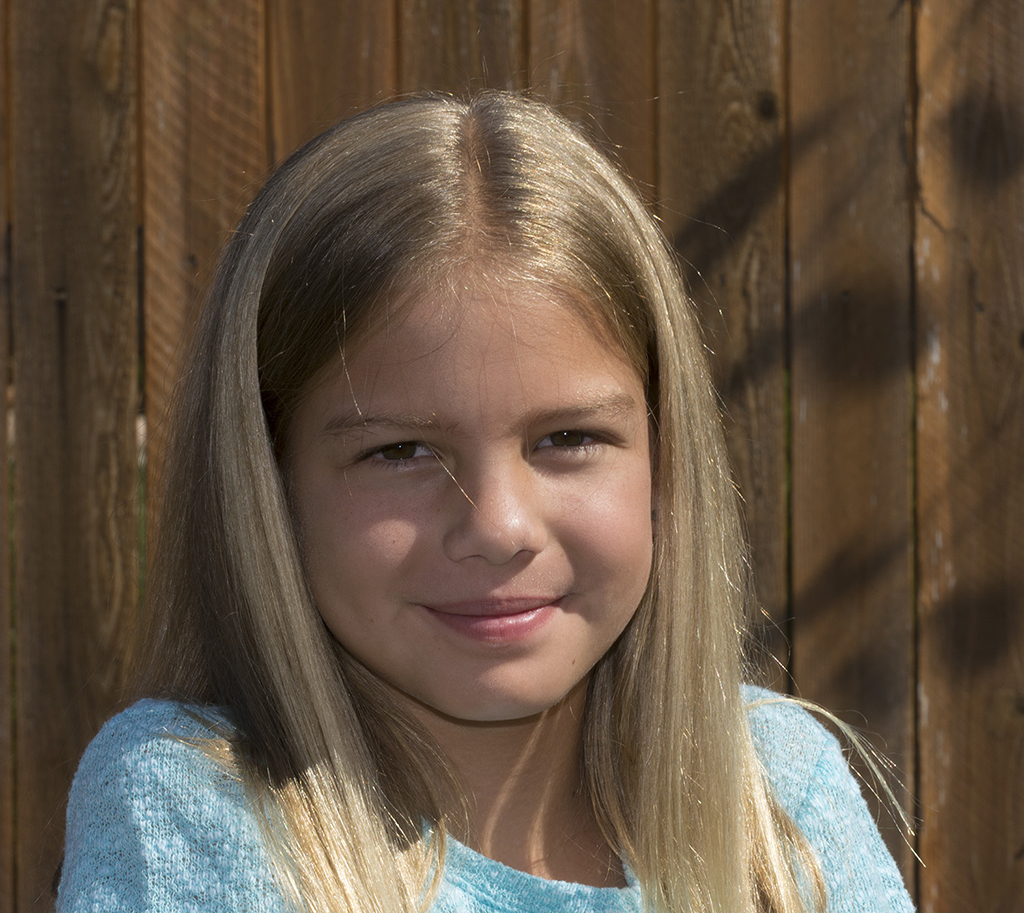
Let’s look at a scenario where high-speed sync is needed. You need to make a portrait in the bright sun, which dictates it will be contrasty. You know that fill flash will help tame the contrast by adding light to the shadows, which helps tone down the highlights. You take a meter reading and it’s 1/250th at ƒ/11. The problem is ƒ/11 brings the background into focus and the look you want is an out-of-focus background. You have an ƒ/4 lens and that’s the aperture you want to use to throw the background out of focus. The difference between ƒ/4 and ƒ/11 is 3 stops. Based on the exposure of 1/250th at ƒ/11, if you want to use ƒ/4, you need a shutter speed of 1/2000th of a second to provide an identical exposure. If you set the camera to high-speed sync, the pulses from the flash will sync with the higher shutter speed and provide the look you desire. You need to be aware that the higher the shutter speed, the closer the flash needs to be to the subject, as high-speed sync really taxes flash output. Another key piece to the puzzle is to lower your ISO so the slowest possible shutter speed can be attained without taxing the flash unnecessarily. Additionally, a neutral-density filter can be added, but be aware that the flash needs to emit a bright burst to compensate for the ND.
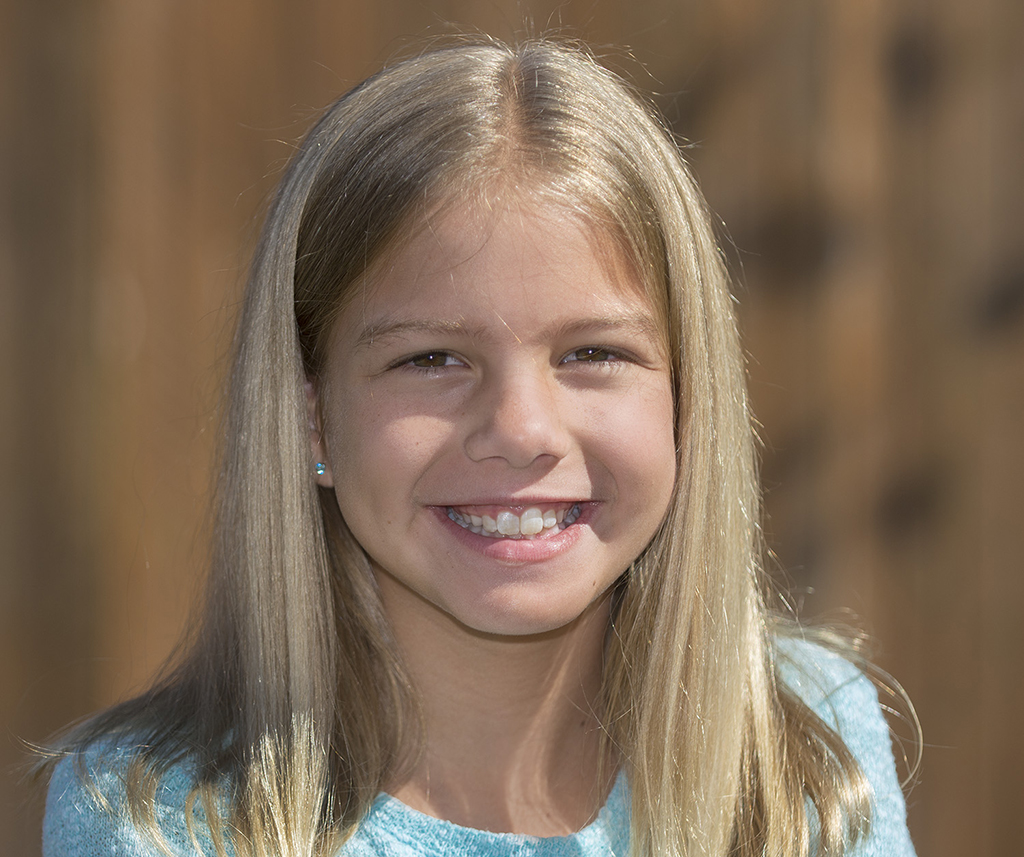
In the included image examples, the first is a straight shot made at 1/2000th of a second at ƒ/2.8. As with most portraits, the goal is to have the background out of focus, but the light is very contrasty. Using ƒ/2.8 threw the background out of focus, but you can’t see into the eyes and the light is terrible. To soften the contrast, flash is needed to fill in the shadows. In image number two a flash was added, but the camera cut off the exposure at the normal sync speed of 1/250th, which resulted in a 3-stop overexposure. The flash was cut off in that the camera was set to normal sync, which is the default flash sync speed on the camera I used. In image number three, I used the normal sync of 1/250th, so I was forced to raise the aperture to ƒ/19 to prevent overexposure. The light is improved, but because I had to raise the aperture to ƒ/19, the background is distracting as it comes into focus. In image four, I set the camera to high-speed sync so I could maintain my original aperture of ƒ/2.8 to throw the background out of focus. The resulting shutter speed was 1/3000 at ƒ/2.8. The flash fired in conjunction with the higher-than-normal sync speed, and I produced the look I desired. I encourage you to give high-speed sync a try, as it will certainly provide superior images when it’s used strategically.
Visit www.russburdenphotography.com for information about his nature photography tours and safari to Tanzania.
The post Flash: High-Speed Sync appeared first on Outdoor Photographer.

